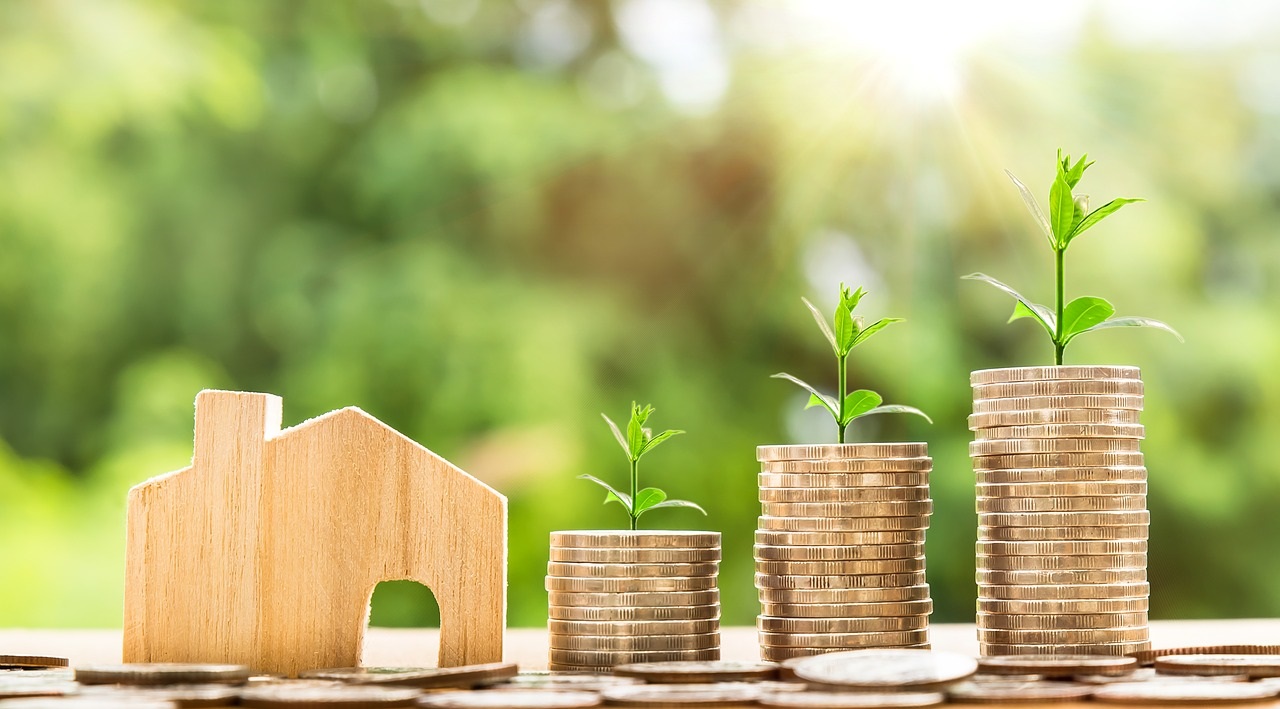 Selling income property isn’t like selling a house. You can paint a house, and get a little more because it looks nice. Rental property is different because it’s bought by investors, who look at income more than new paint. Raise income, and you increase value.
Selling income property isn’t like selling a house. You can paint a house, and get a little more because it looks nice. Rental property is different because it’s bought by investors, who look at income more than new paint. Raise income, and you increase value.
Let’s assume investors in your area expect a capitalization rate of .08. That means that they want a net return (before loan payments and taxes) of 8% on the purchase price. If your triplex generates $18,000 net income annually, they’ll value it around $225,000 ($18,000 divided by .08). Make it generate $28,880, and you make it worth $360,000.
How to Boost Your Rental Property Income
1. Increase Rents
Higher rents is the obvious way to boost income, if you can justify it. Find out what similar units are renting for by checking Rentometer.com or calling other similar properties in your area. If you’re $60 below the going rate, you can raise rents and not lose your renters. Raising the rent $60 for three apartments means $2160 more net income annually. At a .08 cap rate, you just added $27,000 to the value of your property.
2. Add Tenant-Desired Amenities
Consider other ways to raise rents. Your tenants may agree to $30 more per month if you have a carport built. That’s $1080 more net income annually, meaning roughly $13,500 more value added to your property. ($30 x 3 units x 12 months = $1080 divided by a .08 cap rate = $13,500) Build that carport for $4,000, and that’s a good return on investment right? What else do they want?
3. Upgrade
Upgrade plumbing fixtures, install better countertops, replace the floor, increase storage space, add newer/better windows
4. Create Other Income Sources
Consider other ways to get more income. Rent out storage sheds to tenants or put in a coin-operated washer and dryer. If you own a larger income property, you could install soda or snack vending machines.
5. Provide a Furnished Unit or Room
It may not suit everyone, but a furnished unit or room might just be your ticket to boost your rental return. Tenants with little in the way of furniture – perhaps short-term renters, divorcees, those new to the country or recently flown from the nest – will be willing to pay more for the ease of moving straight into a fully furnished home. Landlords can boost their cash flow by up to $200 per month simply by fitting out the property with simple, stylish pieces. A one-bedroom apartment, for example, can be increased from $450 to a massive $650 per month as a furnished apartment.
6. Introduce a RUBS Program
If your rental property is in a state where a R.U.B.S. program is allowed, this is a great way to reduce your landlord-paid utility costs. R.U.B.S. stands for Ration Utility Billing Systems. RUBS is a utility billing method that allocates 100% of your property’s utility bill to the residents based on an occupant factor, square footage or a combination of both, less a predetermined percentage (determined by you, the owner) of a common area allowance. The advantage of implementing a RUBS program is that it requires no initial capital investment and it will avoid intrusion upon entering each resident’s apartment to install a meter.
7. Reduce Rental Property Operating Expenses
Can you add insulation to reduce the heating costs? If you’re paying $80/month for lawn care, will one of the tenants do it for $40? Can you get cheaper insurance? Look for any ways you can reduce expenses. A new $4,000 furnace that saves $800/year on heating costs means you just turned $4,000 into a $10,000 higher sales price.
These things are never an exact science, and of course appearance and other factors matter. Increasing that net, though, is the surest way to increase the value of your income property. Learn how do the math – it really does matter.
Bill Manassero is the founder/top dog at “The Old Dawg’s REI Network,” a blog, newsletter and podcast for seniors and retirees that teaches the art of real estate investing. His personal real estate investing goal, which will be chronicled at olddawgsreinetwork.com, is to own/control 1,000 units/doors in the next 6 years. Prior to that, Bill and his family lived in Haiti as missionaries serving orphaned, abandoned and at risk children for Child Hope International.
